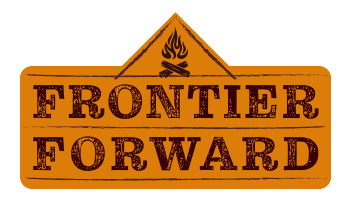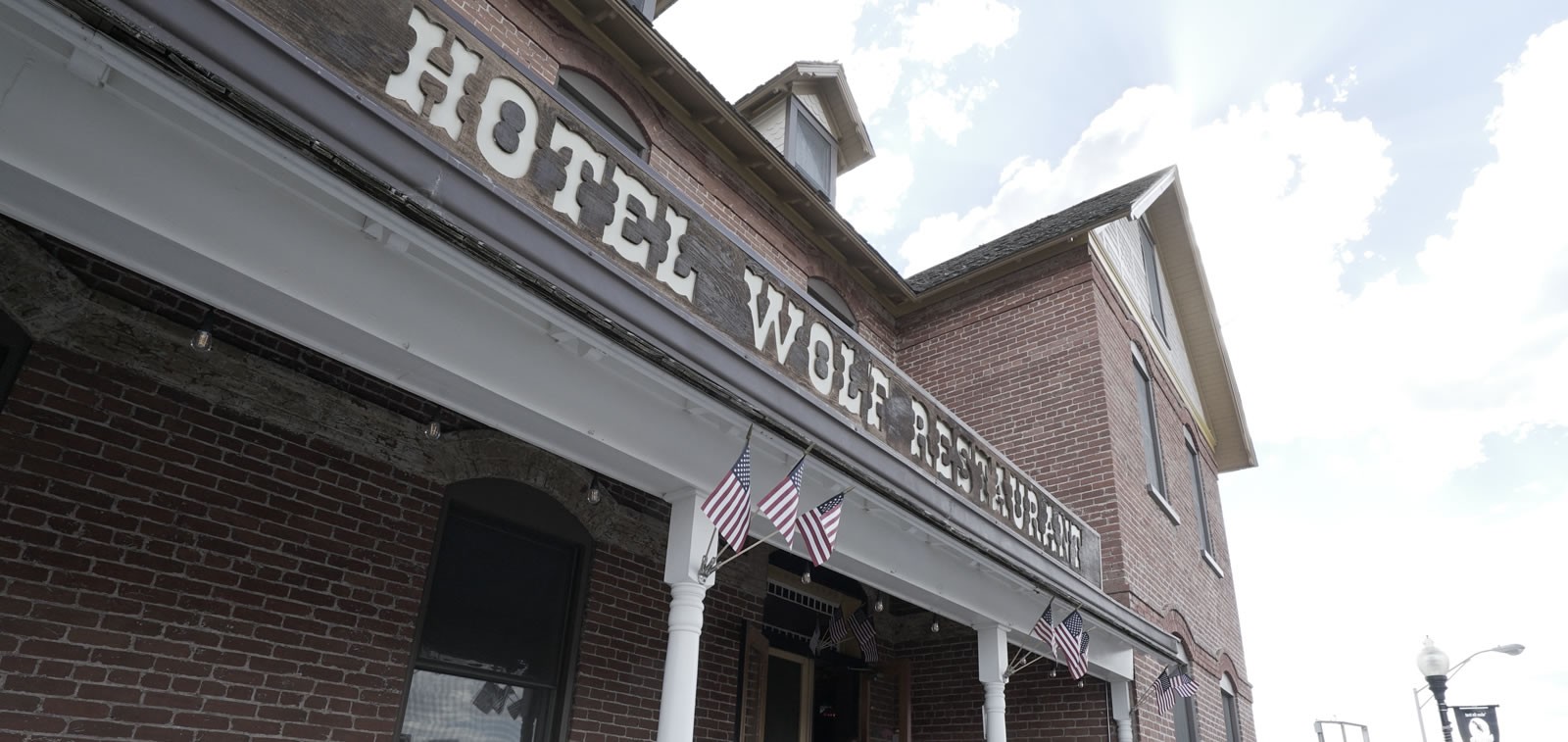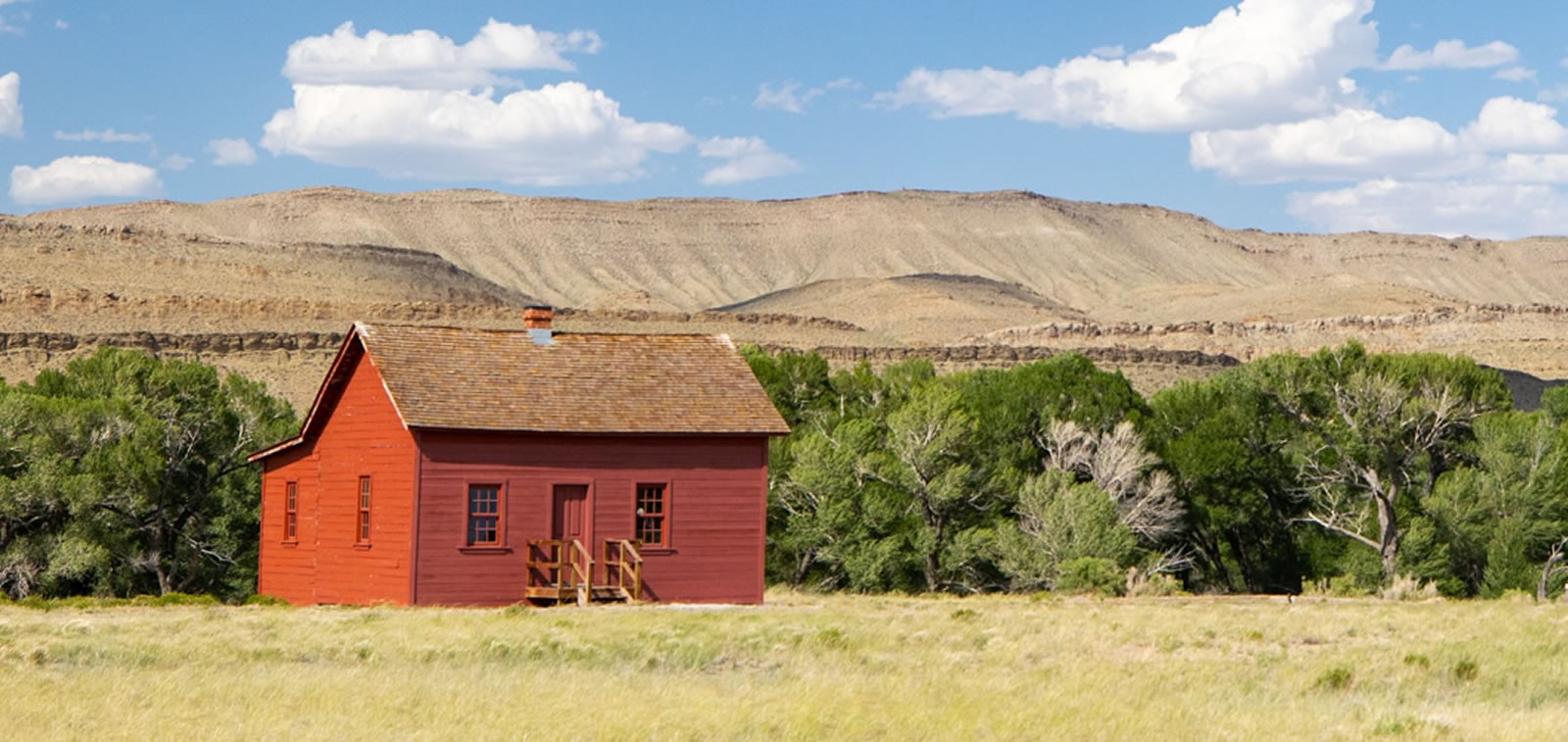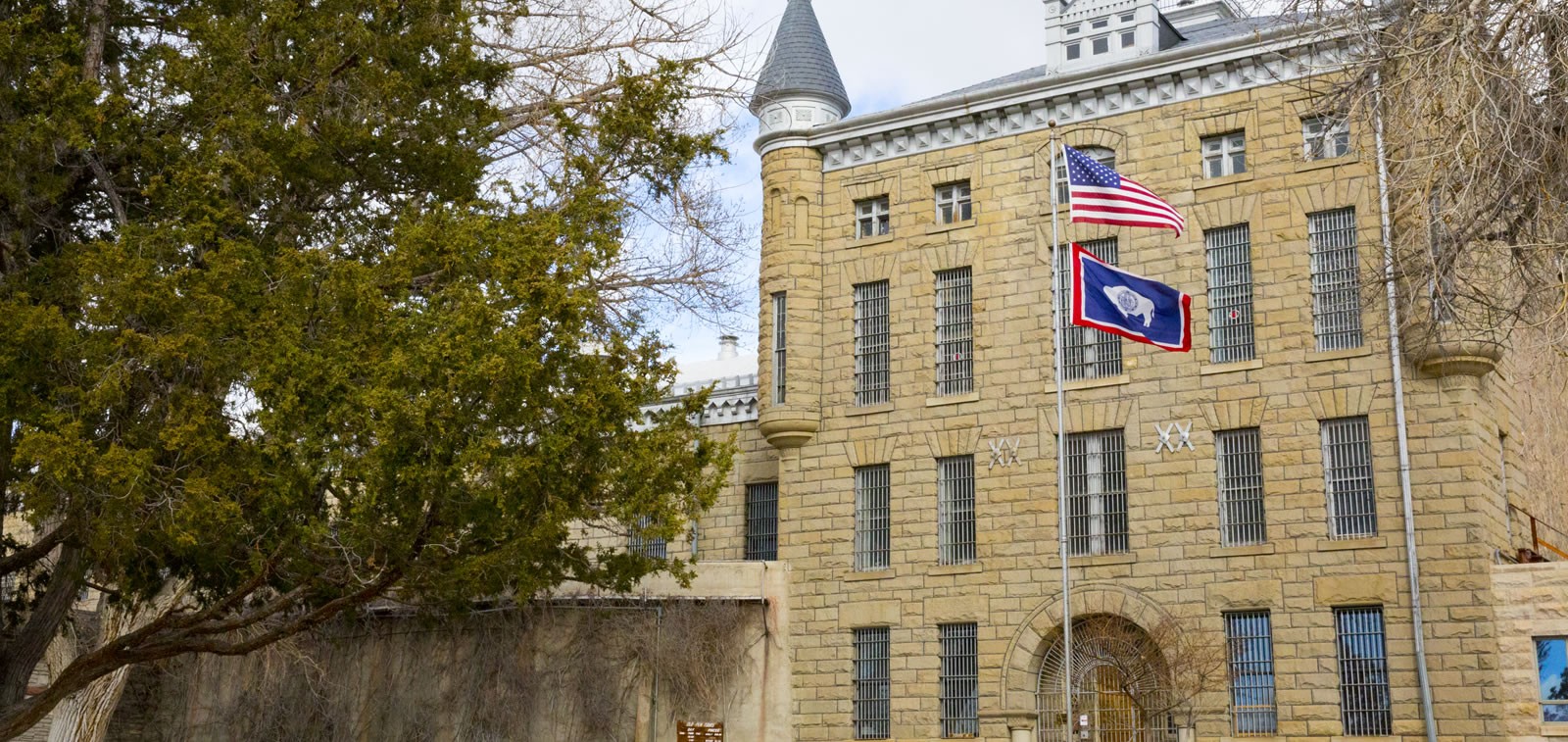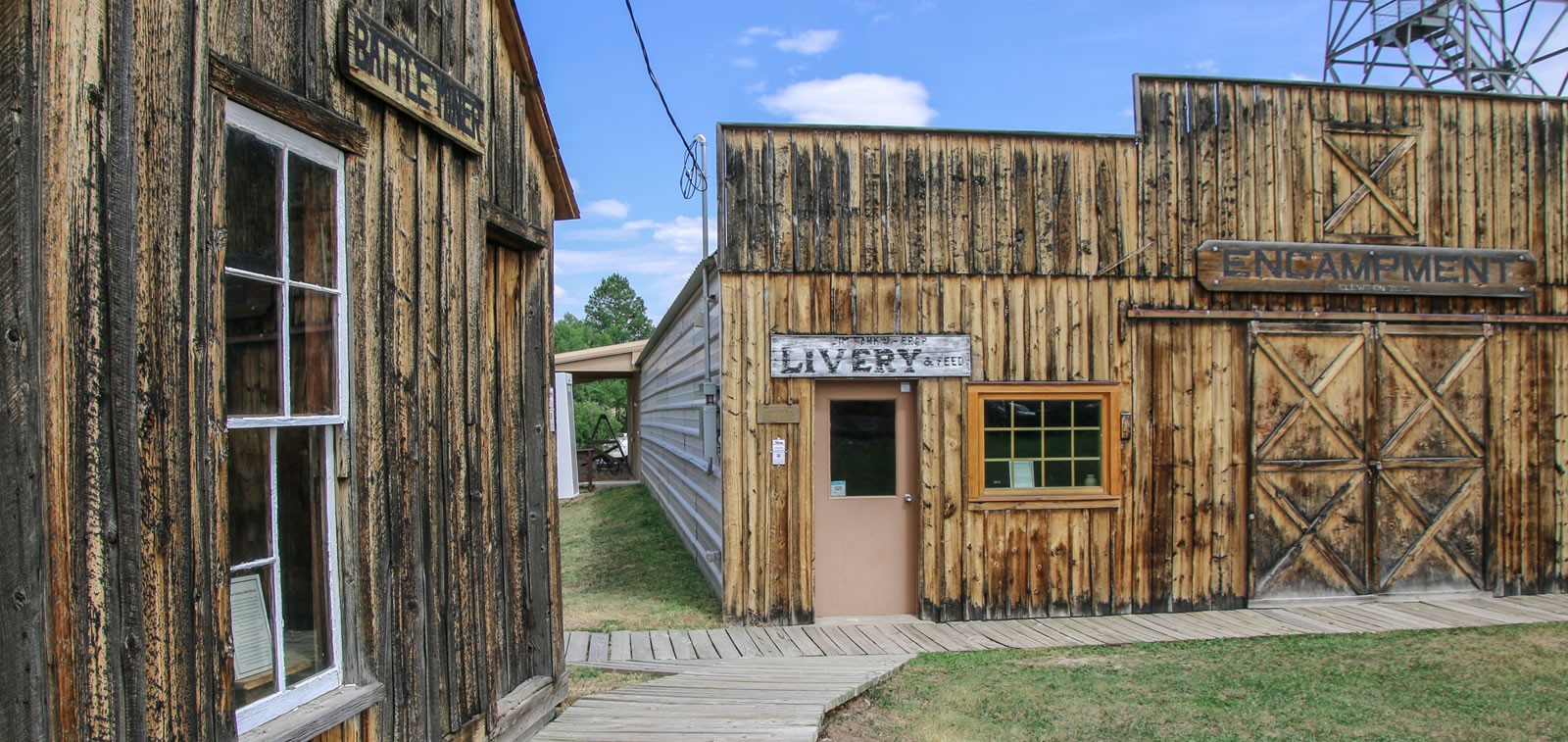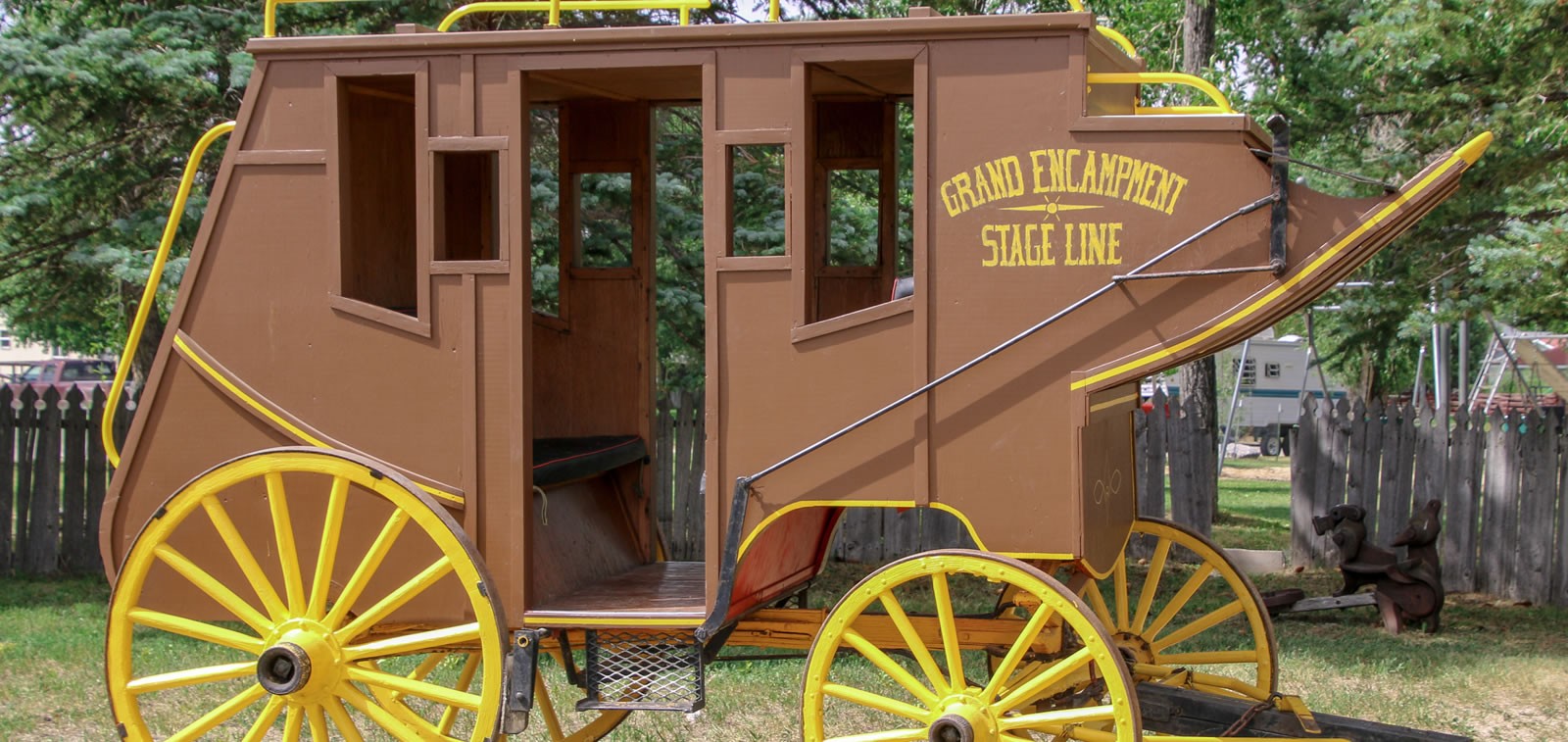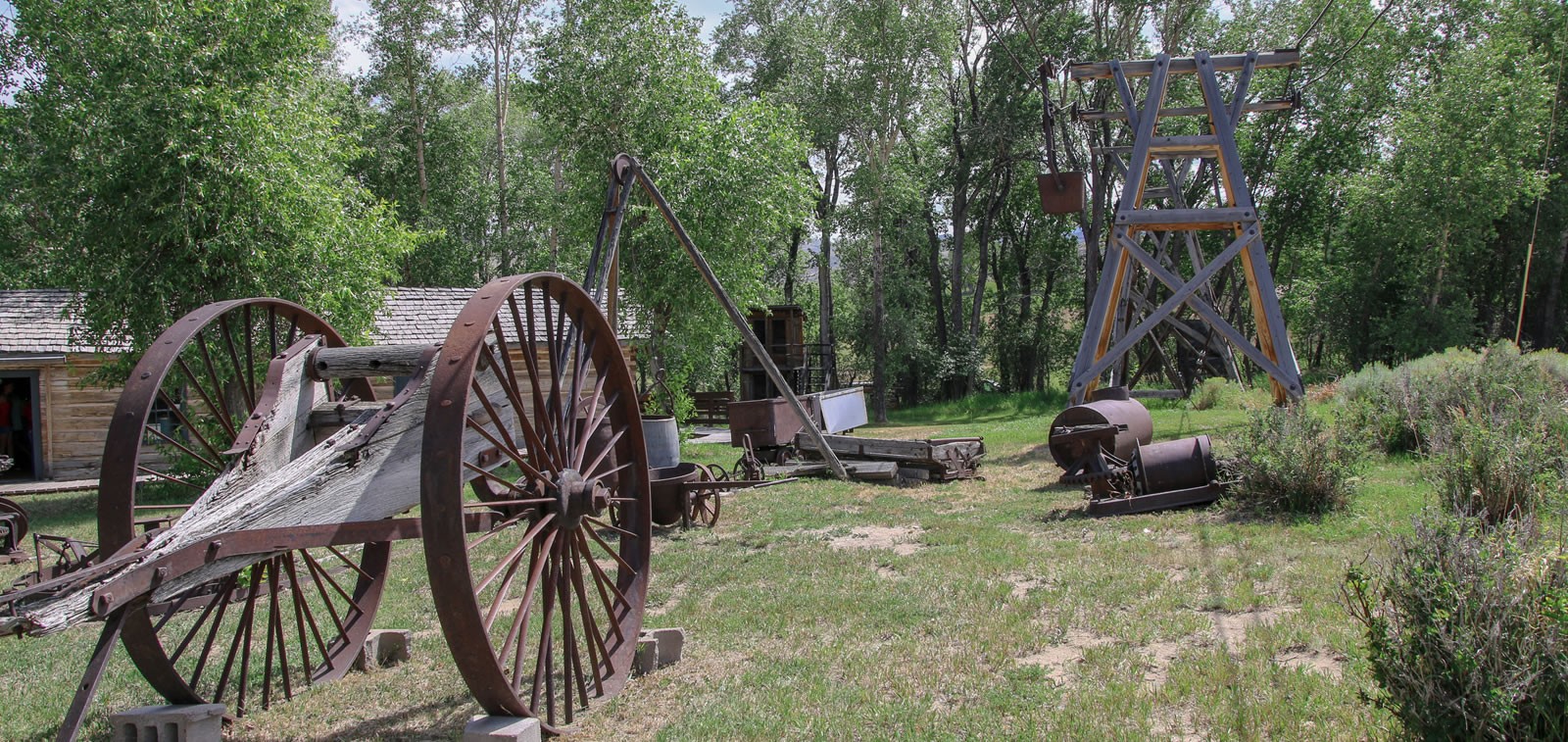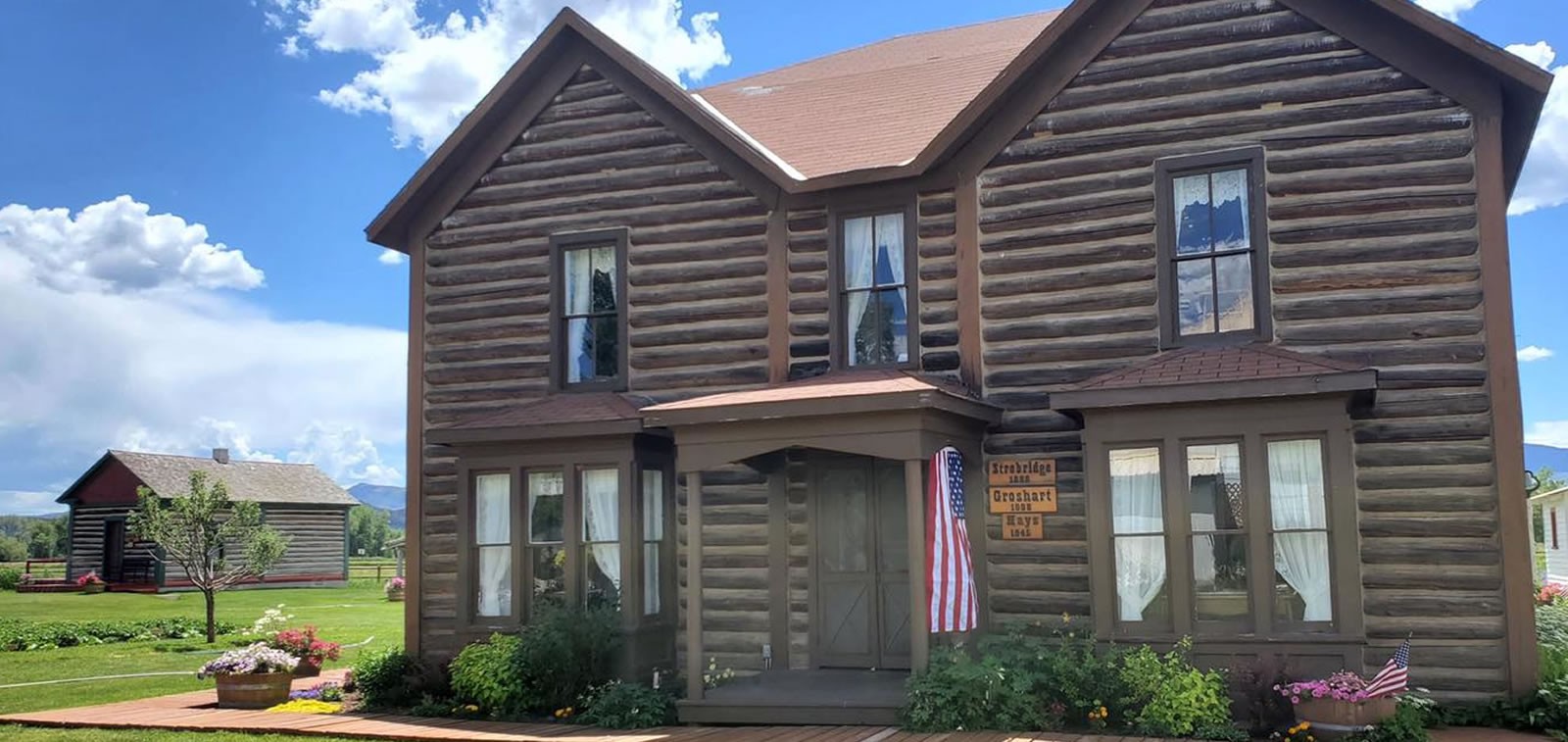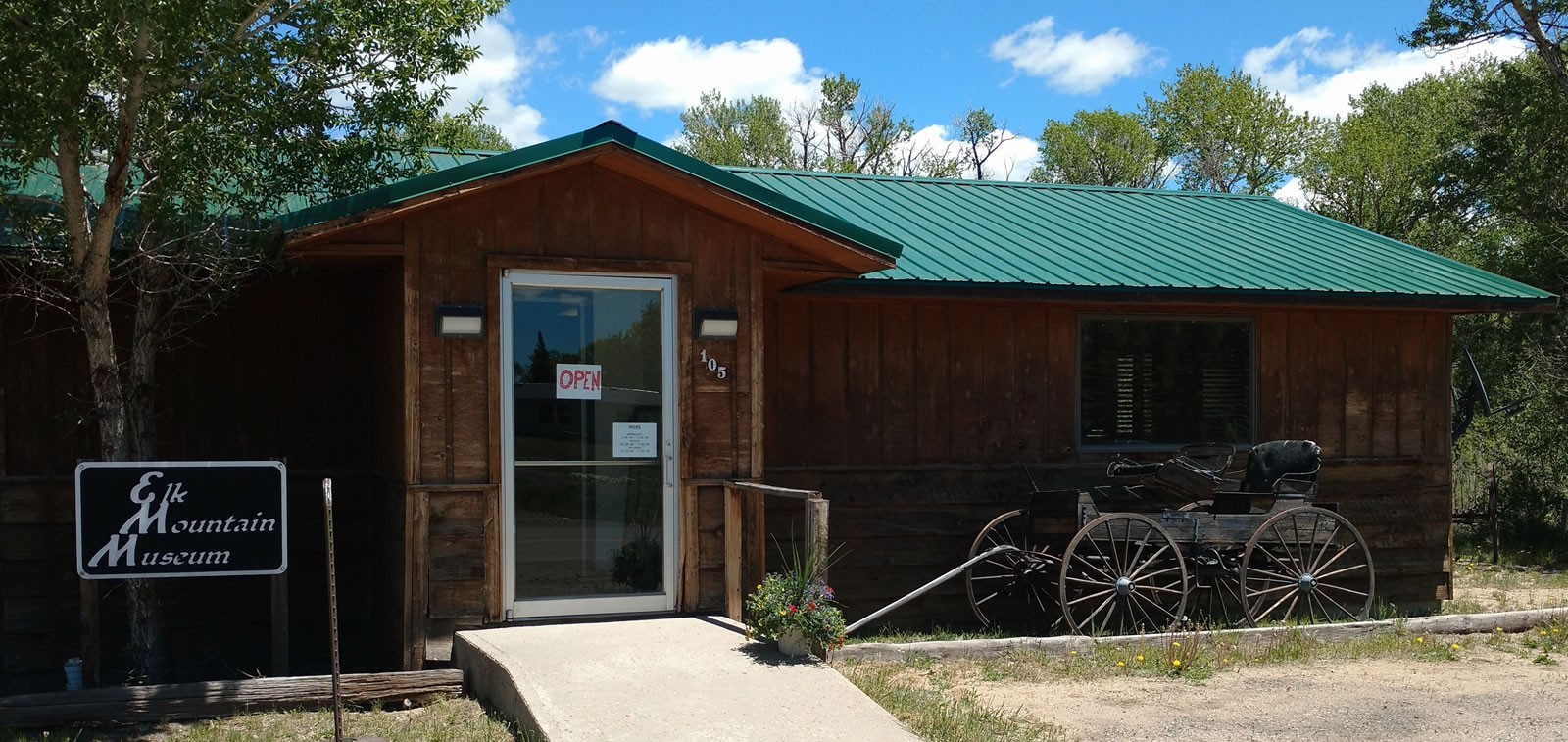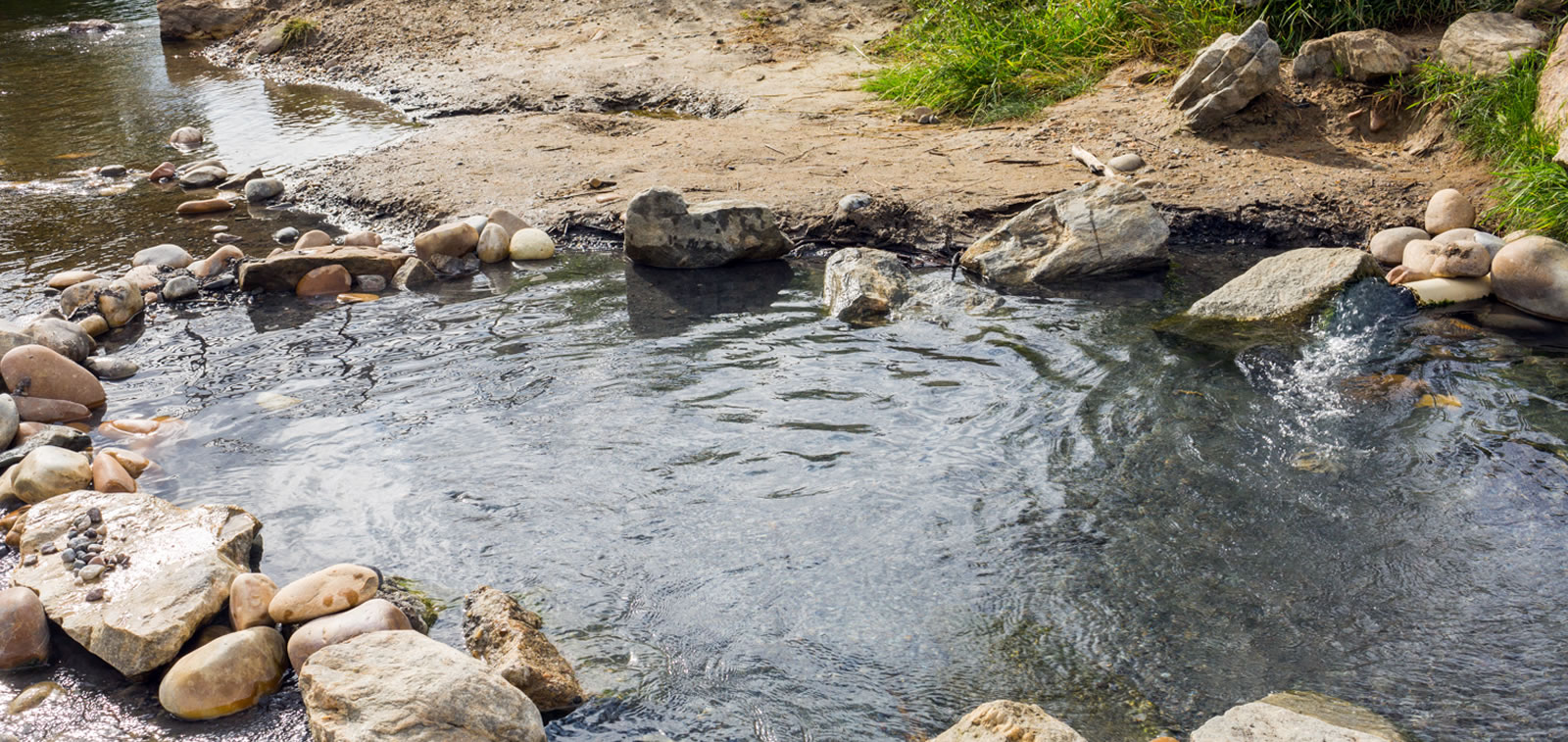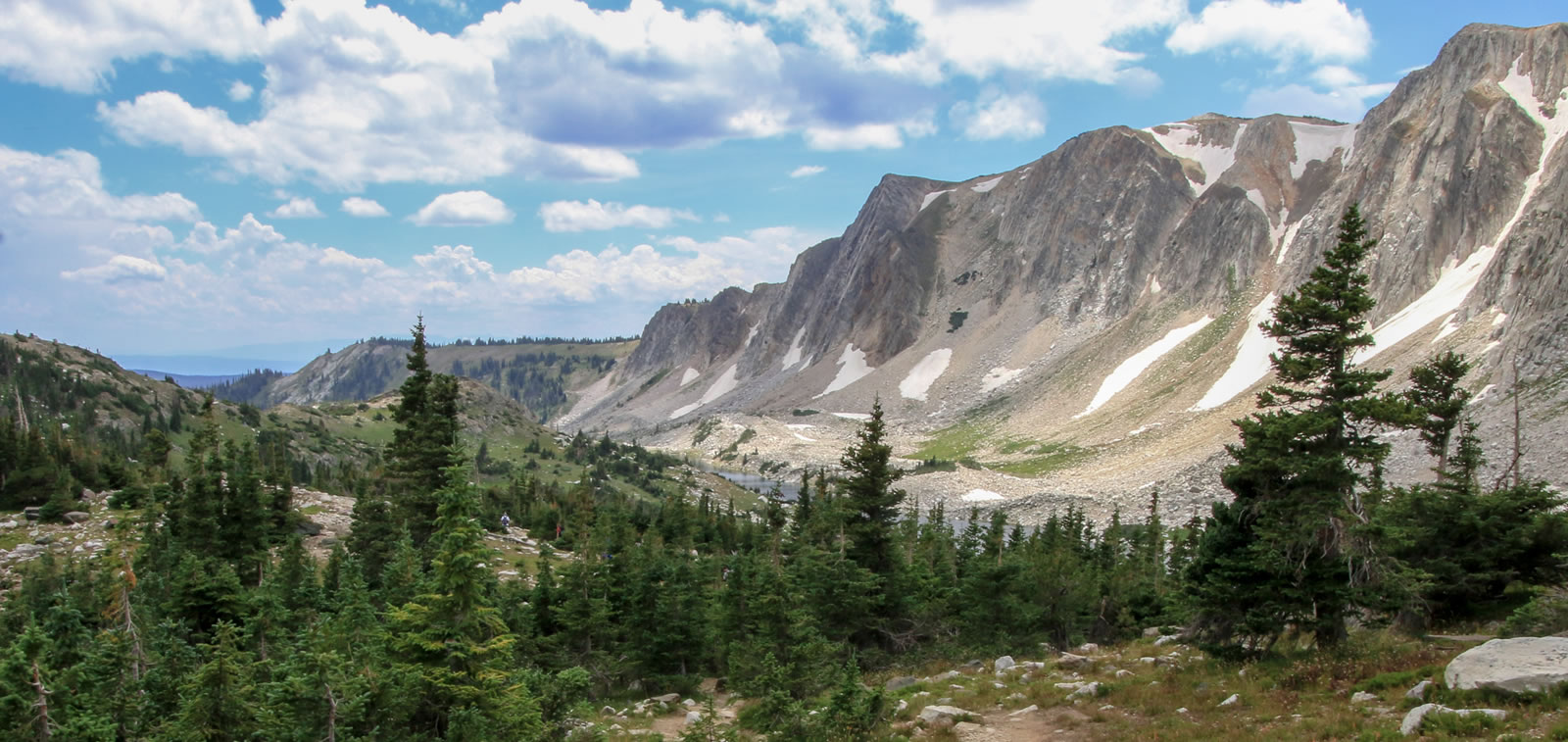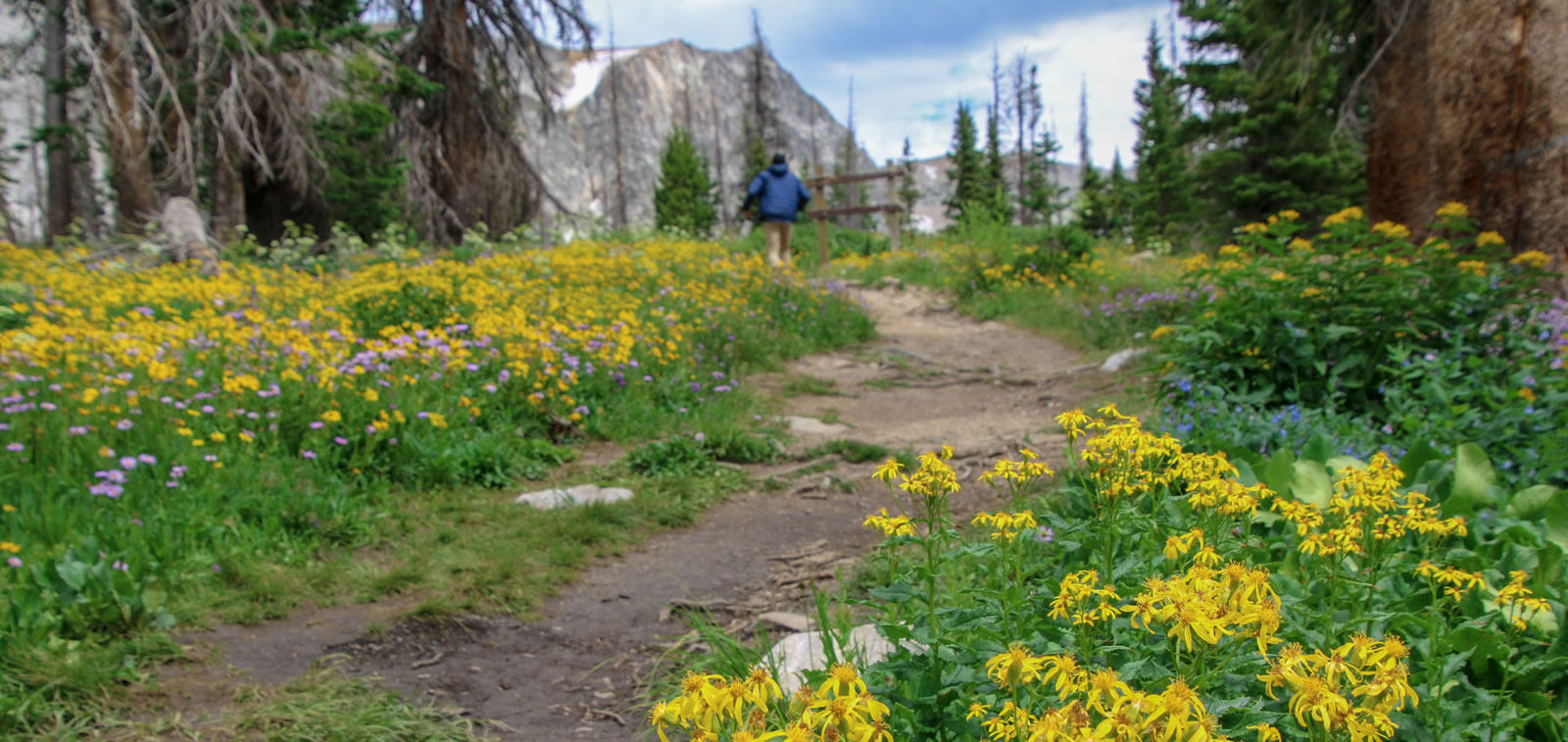Understanding history and learning from the legends and lore is often what brings visitors to Wyoming, again and again.
In Carbon County, you’ll find historical treasures that will thrill and delight you around every corner. The historic hotels and museums remind you of just how tough these women and men were who headed west in the 1800s and 1900s. We’ve compiled a list of historical places you’ll want to add to your itinerary so you can trace their footsteps west.
When you visit Carbon County, you can step back in time and choose to stay in any of the three hotels on the National Register of Historic Places.
The oldest hotel in the county is The Hotel Wolf, serving guests since 1893 in Saratoga, Wyoming. Passengers on the stages running south from Walcott Junction or north from Encampment, Wyoming, had a place to rest and eat thanks German immigrant Frederick Wolf, who opened the hotel on New Year’s Eve. Over the years, the hotel has welcomed governors, scientists, novelists, and even celebrities like Christopher Reeve, as well as, passersby and vacationers exploring the West. While the hotel was renovated to incorporate modern conveniences, it appears much as the beloved Grand Old Gal (the hotel’s nickname) did on its opening day.
In 1905, a Folk Victorian, three-story luxury hotel rose in Elk Mountain, Wyoming, almost halfway between Laramie and Rawlins, Wyoming. The growth of the railroads made access to architectural materials in remote areas possible, turning what were no-fuss simple structures into ornate buildings like The Historic Elk Mountain Hotel. Guests marveled at the spindle porch railings, low-pitched, pyramid-shaped roof with side wings, and embossed tin ceilings (among the loveliest in Wyoming). The hotel was a way-station for entrepreneurs and laborers who traveled here for the timber, mineral, and ranching industries in its early days. Today, the hotel features an eclectic style with a touch of Victorian elegance and Country charm, and no two rooms are alike.
It took 10 years to complete The Historic Virginian Hotel, the biggest one between Denver and Salt Lake City back in 1911. The three and a half story structure was massive for Medicine Bow, Wyoming. It boasted the first electric lights and sewer in town, 12 foot high pressed tin ceilings with Victoria gold and burgundy medallion wallpaper, and velvet drapes. It’s said the hotel’s namesake is a novel, The Virginian, written in Medicine Bow by the father of western fiction, Owen Wister. This was the place for cowboys and railroad workers to rest and refuel, as well as serving as a central spot for business meetings and other gatherings. Today, you can return to those times in antique sleeping rooms or at the Shiloh Saloon, where bullet holes riddled throughout remind you of past shootouts.
Frontier Army posts were an integral part of survival as the west was won.
In Carbon County, you can explore Fort Fred Steele State Historic Site, an important outpost on the American frontier built in 1868 along the North Platte River. This is where the U.S. Army provided protection to the men building the Union Pacific Railroad, while also serving as a shipping hub for Wyoming’s lumber and livestock industries. Get a glimpse of frontier life at the Fort Steele Museum through exploring the crumbling foundations of long-gone structures and the restored schoolhouse, post trader’s house, and more, open Memorial Day to Labor Day.
FUN FACT: The low budget horror film, “Prison,” was filmed on location at the Wyoming Frontier Prison in 1987 and starred Viggo Mortensen in one of his first roles.
Wyoming is steeped in outlaw history, and you’ll find pieces of it in Carbon County. In the center of Baggs (a historic ranching community on the Little Snake River), you’ll find buildings frequented by Butch Cassidy and his infamous Wild Bunch during the heydays of the Old West. The Baggs Outlaw Stop cabin dates back to 1884 and features two stops. The Mathews/Gaddis House, a roadhouse that doubled as a Saturday night dance hall where Cassidy and his gang hung out and the Baggs Town Hall/Fire Station/Jail that saw many notorious characters, including Butch Cassidy. You can look through the windows anytime of the year. During the summer you can take a tour, view exhibits, and hear stories about outlaws and early Baggs residents.
The Carbon County Museum in Rawlins, Wyoming, is filled with exhibits and artifacts depicting Carbon County and state history. One exhibit is dedicated to the outlaw “Big Nose” George Parrot. Parrot and his gang robbed a Union Pacific train in 1878, and he ultimately killed two deputies sent to arrest him. Once he was captured in 1880, he was brought to Rawlins for trial where he tried to escape, was recaptured, and hung by a mob. Local doctors used his body to study the criminal mind, turning his skin into a pair of dress shoes. Dr. John Osborne wore them at his inaugural ball when he was elected Wyoming’s first Democratic governor. The shoes, Parrott’s lower skull, and death mask are on display along with the jail registry and other artifacts.
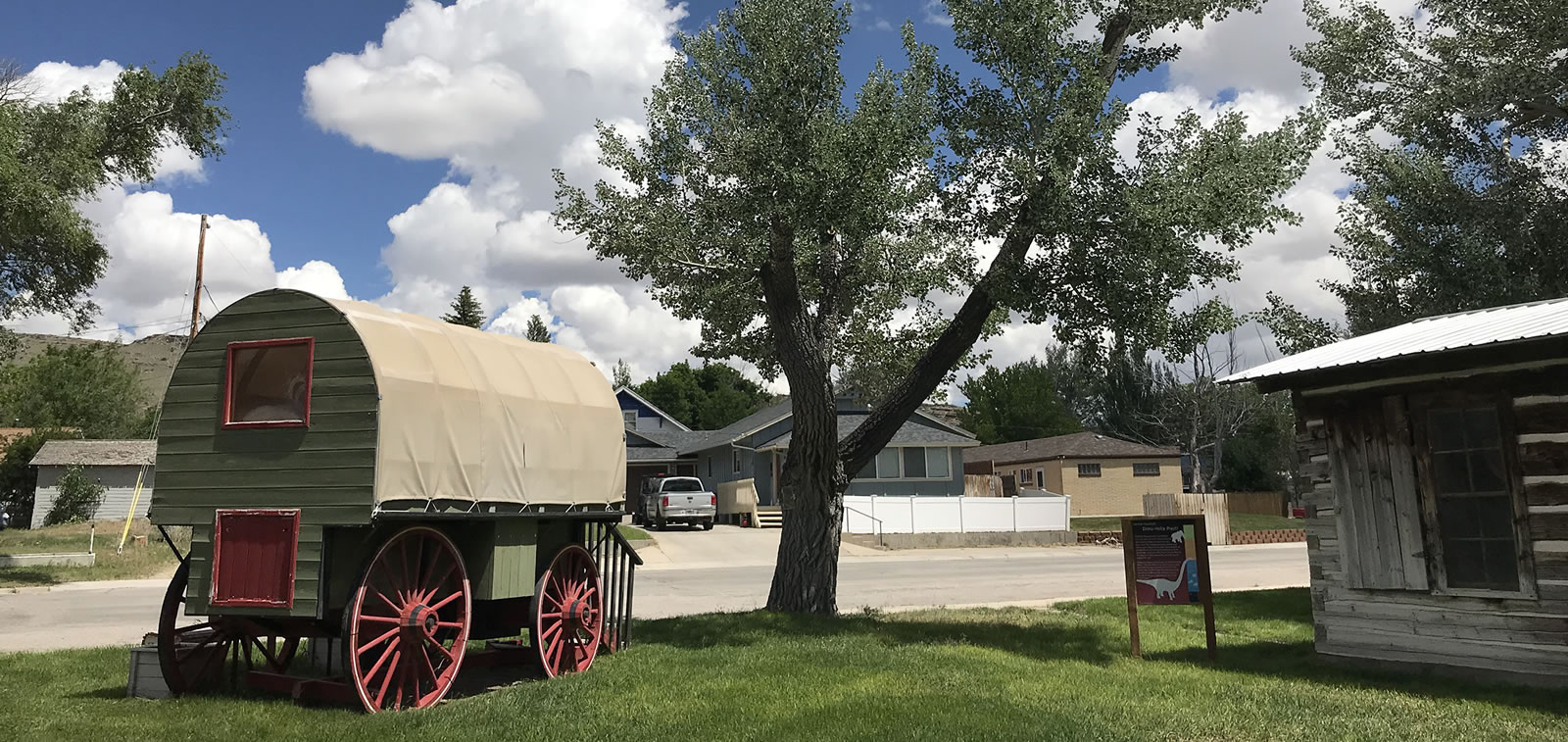
The number of outlaws in the Wild West required law and order. Rawlins, Wyoming, is home to Wyoming’s first state penitentiary, now known as the Wyoming Frontier Prison. The prison opened in December 1901 with 104 cells, no electricity or running water, and inadequate heating. More cells were added over the years, including solitary confinement, maximum security, and execution “death houses”. Approximately 13,500 people were incarcerated here through 1981, including 11 women – 14 death sentences were carried out through hanging and a gas chamber. You’ll find guided tours, exhibits, a museum, and a gift shop at the prison. What’s more, the Rawlins Interpretive Trail will lead you to the old prison cemetery.
Wyoming’s rich resources drew all sorts to the West, including explorers, trappers, settlers, homesteaders, stockmen, and miners, and Carbon County offers glimpses into their life through museums. Near the Colorado border in Savery is the Little Snake River Museum. Once a schoolhouse, this is now a place to explore what life was like during the Old West. In the main building, you’ll find exhibits brimming with artifacts from the Valley’s past. Perhaps even more fun, many historic buildings from around the Snake River Valley are located at the museum. You can explore authentic cabins and houses built as long ago as 1873 and a schoolhouse established in 1900. You can also see a mining tank and display, an interactive Homesteader House, and an exhibit on the guest ranching businesses in the valley.
If you dig mining history, the Grand Encampment Museum located in Encampment, Wyoming preserves the industry’s past with its collection of artifacts representing the timber, mining, and agricultural history of the North Platte River Valley. You can get a sense of mining life in the replica pioneer town with over a dozen historical buildings, including the Lake Creek Stage Station, Wolfard School, Peryam Homestead House, Tie Hack Cabin, and Parkison Home, as well as, a blacksmith shop, a bakery and ice cream parlor, and stables. There’s even a replica of the world-famous two-story outhouse (you’ve got to see that to believe it).
Carbon County is chock full of museums that explore the West and its colorful, often romanticized, past. Train buffs will enjoy the Saratoga Museum and the Medicine Bow Museum. Both are located in original railroad depots and are filled with interesting exhibits and artifacts.
Nestled in the picturesque town of Elk Mountain, Wyoming, is the Elk Mountain Museum, featuring memorabilia from over 120 years of history. Take a short walk down Bridge Street to see some of the town’s original buildings, including the church, crossing station, and much more. You can honor the faith and sacrifice of the Latter-day Saint emigrants at the Mormon Handcart Historic Site in Martin’s Cove, Wyoming. Exhibits record the tragic circumstances of their trek by handcart from Iowa City, Iowa to Salt Lake City, Utah in 1856.
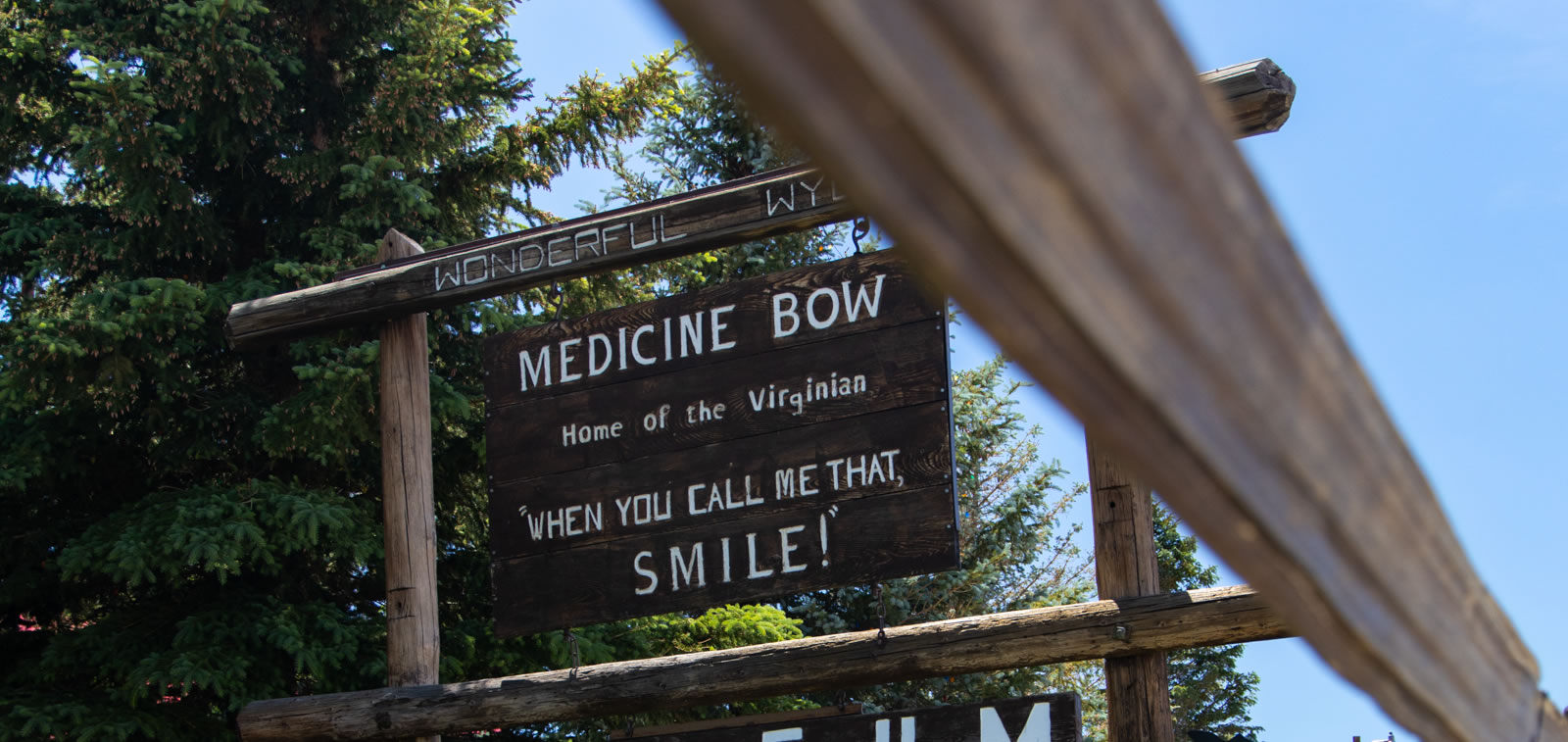
In Hanna, Wyoming, is the Hanna Basin Museum dedicated to revealing life and death in the first coal camp along the original line of the Union Pacific Railroad. In Sinclair, Wyoming, at the Parco/Sinclair Museum, you’ll find a unique museum dedicated to petroliana — collectibles related to gas stations and the petroleum industry. While not officially associated with Sinclair Oil Corporation, the museum is filled with Sinclair Oil artifacts dating as far back as the 1930s.


